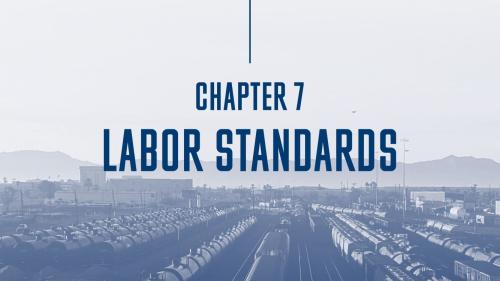Unemployment insurance is a vital safety net, particularly in bad economic times, but because these benefits are only available to those without a job, ample evidence suggests that it may encourage unemployed individuals to remain jobless for a longer period of time.
Using insights from behavioral economics, Stefano DellaVigna of UC Berkeley, Attila Lindner of University College London, Balázs Reizer of Central European University, and Johannes F. Schmieder of Boston University suggest an alternative approach to thinking about the way the unemployed look for jobs. They point to a tweak to unemployment benefits in Hungary that reduced the length of unemployment spells without raising government spending.
Here’s Schmeider describing the way economists look at the way jobless workers respond to unemployment benefits:
The current U.S. unemployment insurance program provides benefits for a period typically lasting 26 weeks, after which benefits are usually ended. The standard job search model predicts that beneficiaries are less motivated to find jobs at the beginning of their unemployment spell, but begin to search harder as the prospect of a benefit cut nears. People don’t behave the way that model predicts, though. They search hard at the beginning of their unemployment spell, relax their search activity, and then intensify before benefits are cut. To better explain how the unemployed search for jobs, Schmieder and his co-authors develop a new “reference dependence” model. In their view, unemployment benefits are only a fraction of the income earned on the job (the reference point), so the jobless are highly motivated to find new employment at the beginning of their unemployment spell, but motivation falls as they become accustomed to the lower income. As the benefit cutoff date approaches, beneficiaries begin searching harder again, then lose motivation after benefits are cut.
Here’s a clip of Schmieder describing their model:
In 2005, Hungary implemented a two-stepped UI benefit structure, essentially front-loading benefits over the first 90 days, then reducing them substantially over the next 180 days. Under this structure, the total amount of benefits over the 270 day period that an unemployed individual was eligible to receive was not changed, but a person finding employment in the first 90 days would receive more post-reform than they would have pre-reform.
The authors find that, as a result of this reform, the average duration of unemployment spells fell, and worker behavior closely matched the predictions of their reference dependence model. This suggests that the stepped benefit structure encouraged unemployed individuals to search harder for jobs early on in their period of unemployment. Importantly, this was accomplished without raising overall government spending, even producing some small savings. Here’s how Schmieder summarizes their findings:
Click here to see Johannes F. Schmieder’s discussion (48:21 – 1:01:03) of what Hungary did and how workers responded and here for more about the recent Hutchins Center event, The power of the nudge: Policy lessons from behavioral economics.



Commentary
What behavioral economics can teach us about unemployment insurance
October 1, 2015